Agronomy
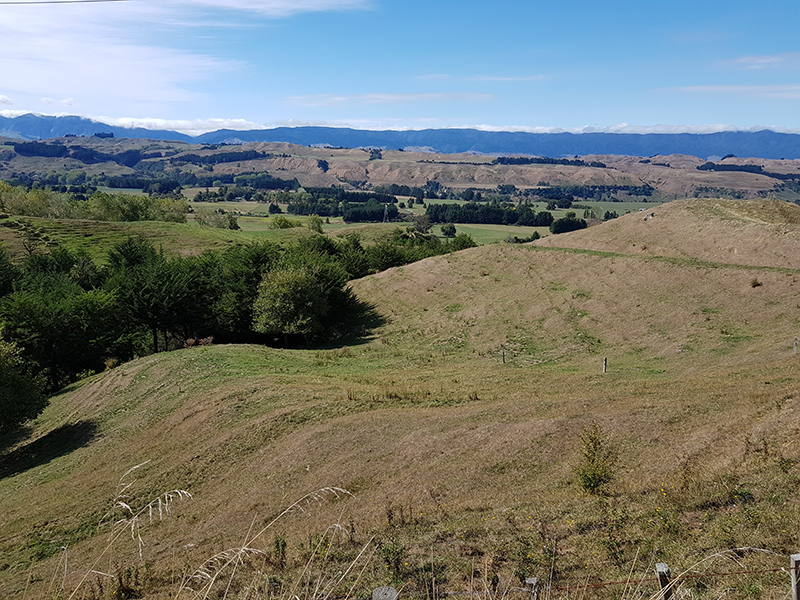
For most of us, our closest encounter with the element fluorine is likely to be our toothpaste or a municipal water supply with added fluoride.
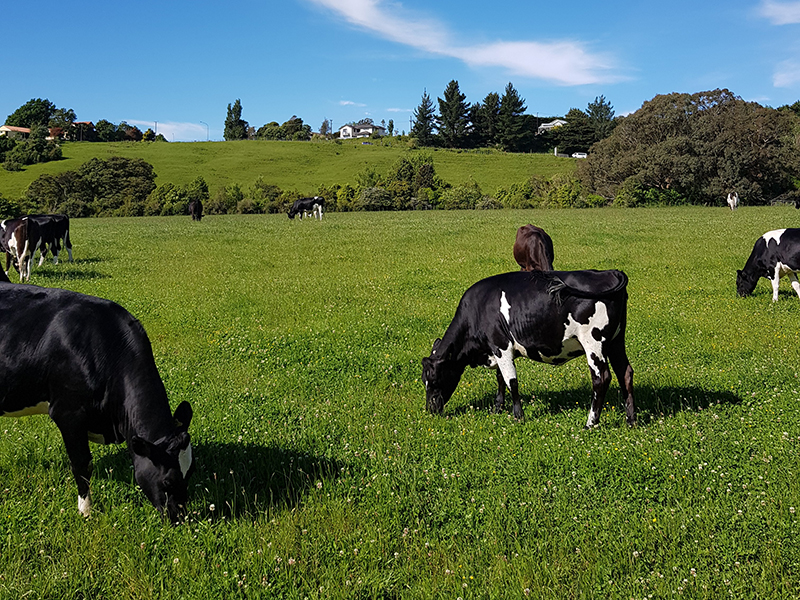
But excess fluorine can be a problem. For example, high levels of fluorine in the soil can hurt plants. Fluorine in soils may also affect microbes and other organisms higher along the food chain.
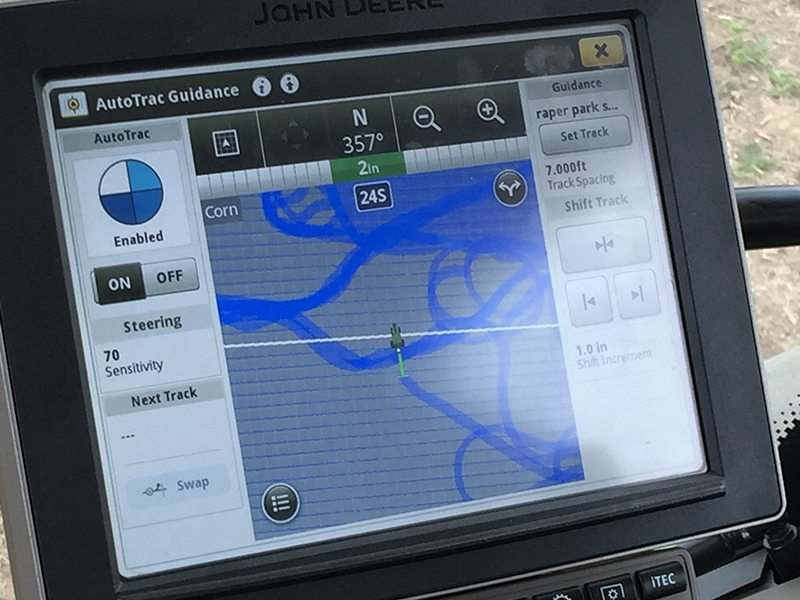
When it comes to nifty farm gadgets and technology, there are many neat tools. Tractor guidance is definitely one of them, thanks to how it helps farmers better use their resources.

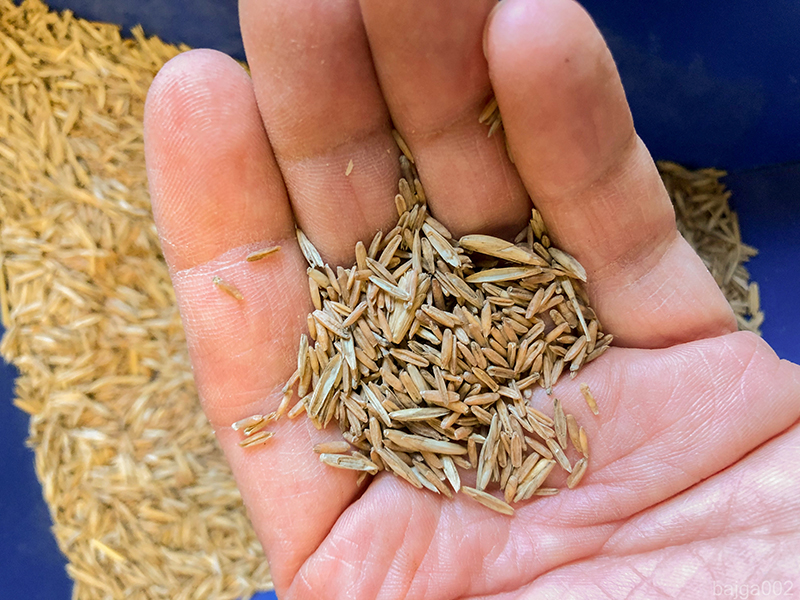
Wheatgrass is packed with beneficial nutrients, which makes the crop a popular superfood. And now, more farmers will have access to growing this beneficial crop.
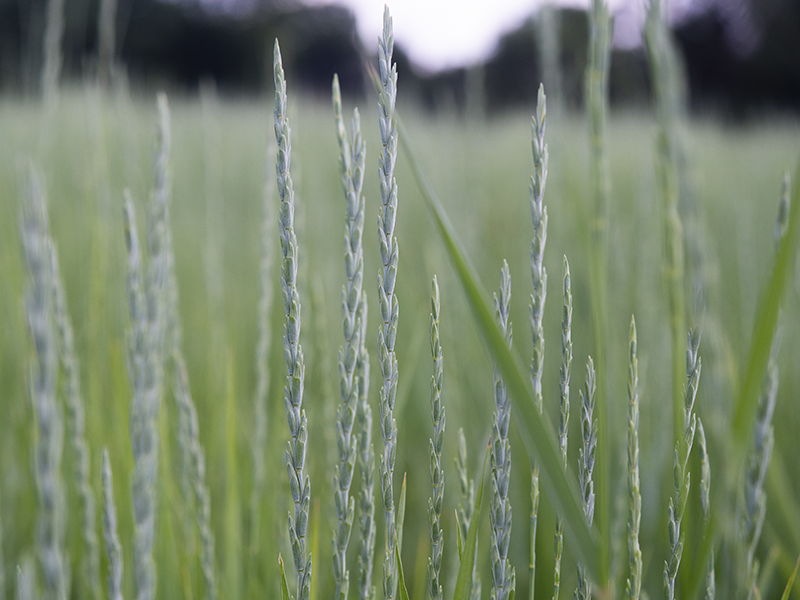
Historically, wheatgrass has been used as a crop in animal feed. However, a partnership between The Land Institute and the University of Minnesota changed that.
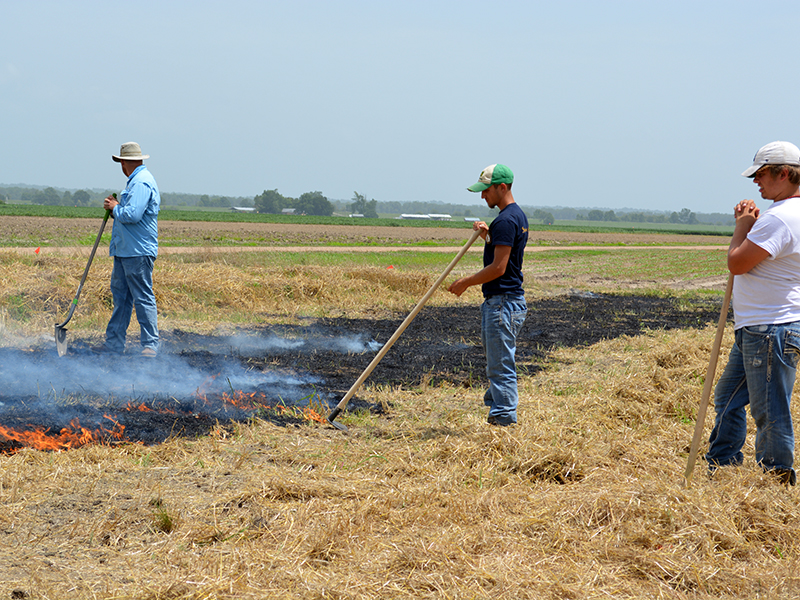
In some ways, farming is like cooking. Cooking would be much easier if we could leave the kitchen after eating and not come back until we make the next meal. But someone needs to put away the leftovers, do the dishes, and clean up the table.

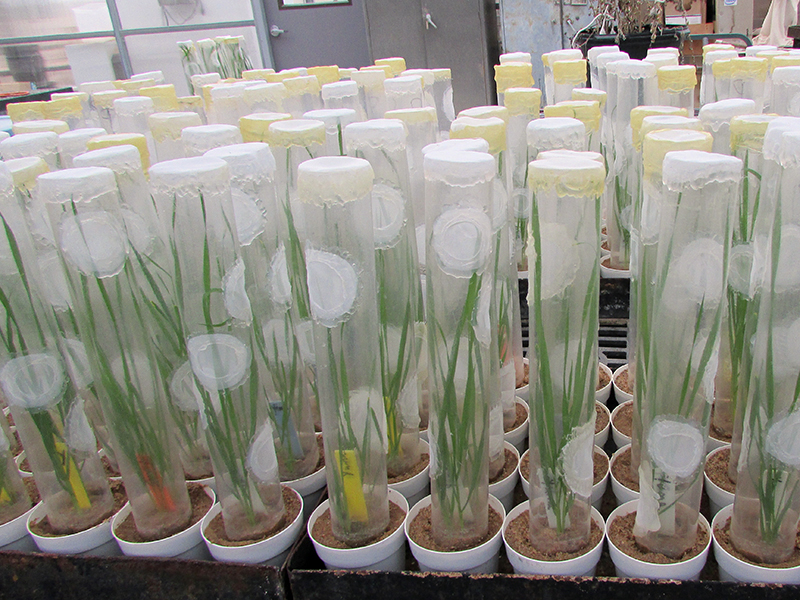
Fields of wheat are so associated with the U.S. that they’re featured in the song America the Beautiful as “amber waves of grain.” But those amber fields face a big threat: Russian wheat aphids.
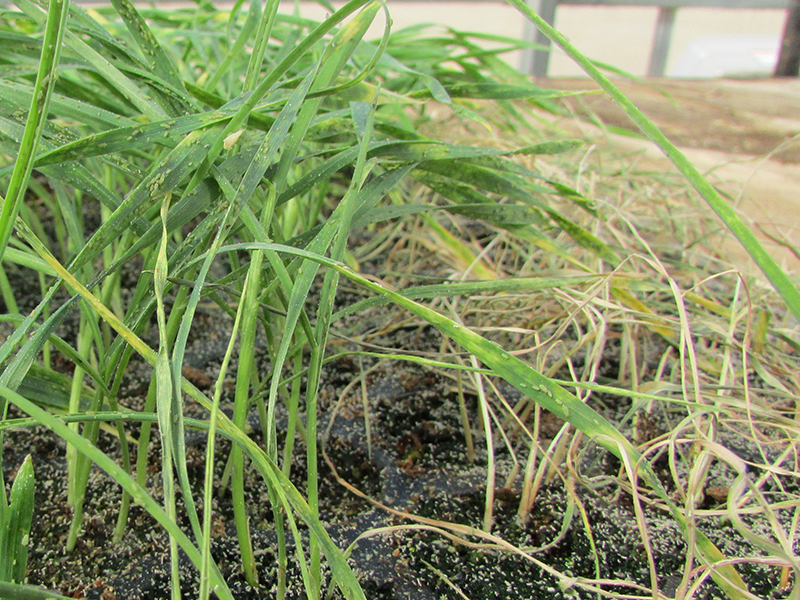
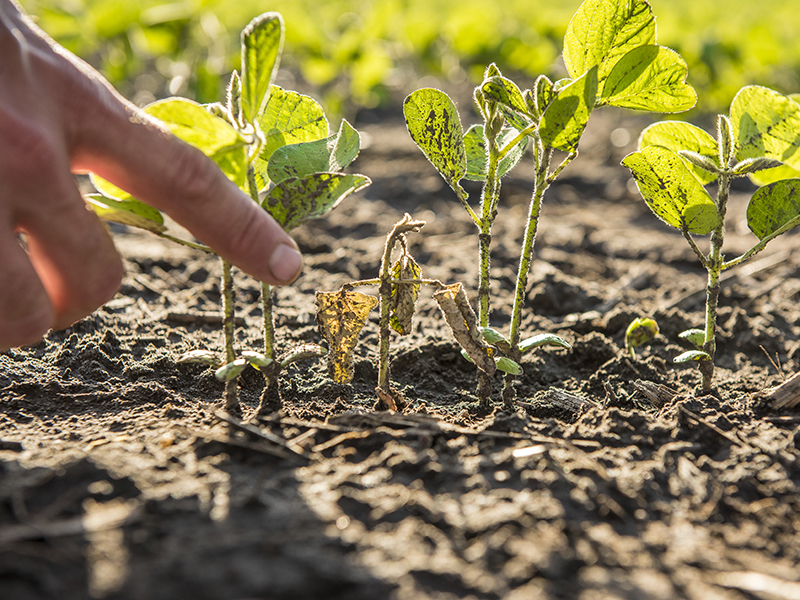
To some, farming might seem simple: plant seeds, help them grow, then sell the product. But the reality is MUCH different. Farming requires many complex decisions throughout the year.
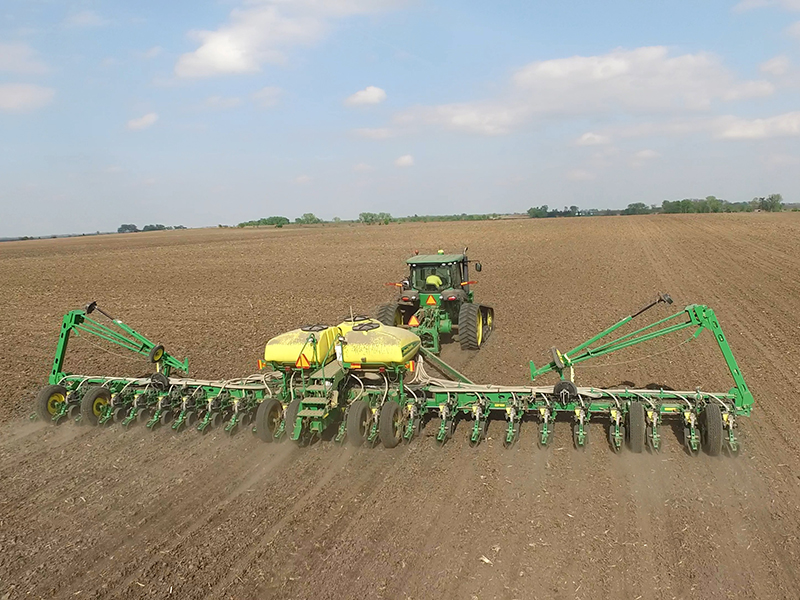
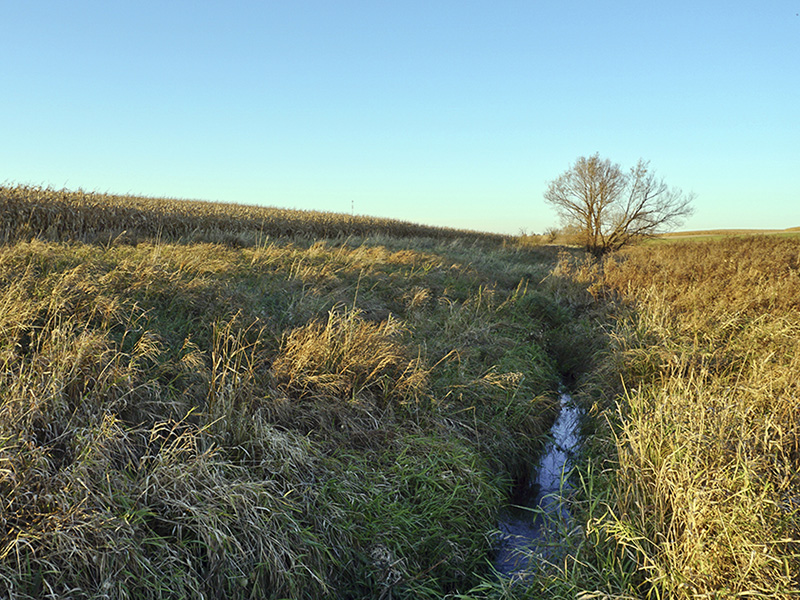
To combat weeds, farmers use a variety of tools and methods. By understanding the strengths and downfalls of each tool, a farmer can make the best decisions for his or her operation to keep pesky weeds out of the field.
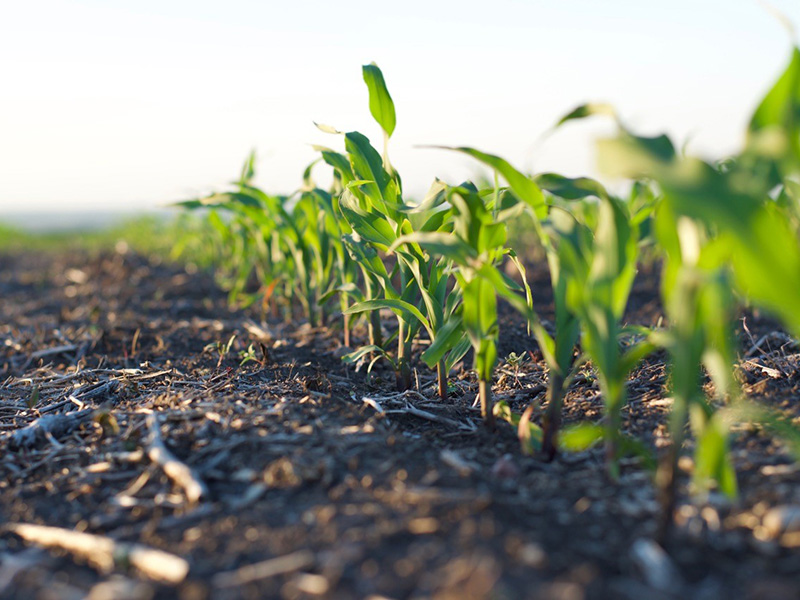
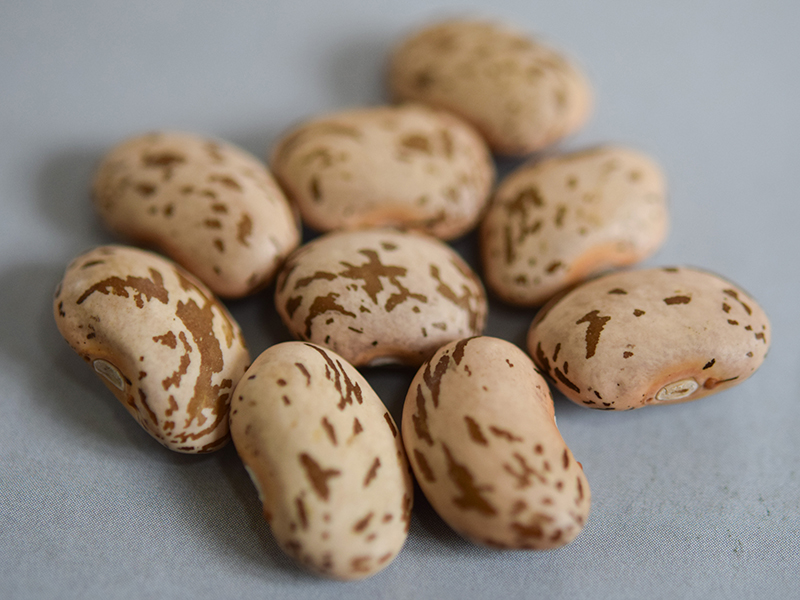
Leafhoppers are tiny insects. They are only about 3 millimeters long, smaller than a grain of rice. But they can cause big damage to crops, including beans.
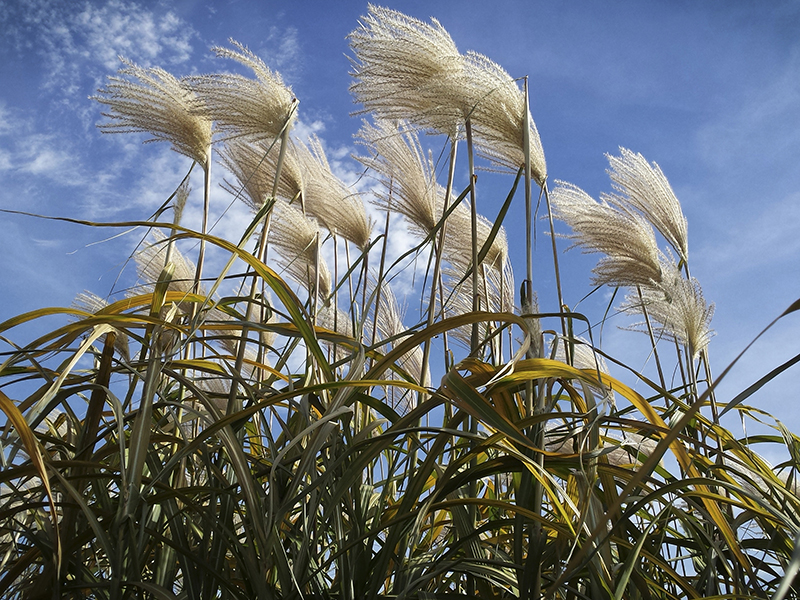
In many regions of the world, farming must be done on areas of soil categorized as histosols. Histosols have a thick layer of rich organic matter, called peat.
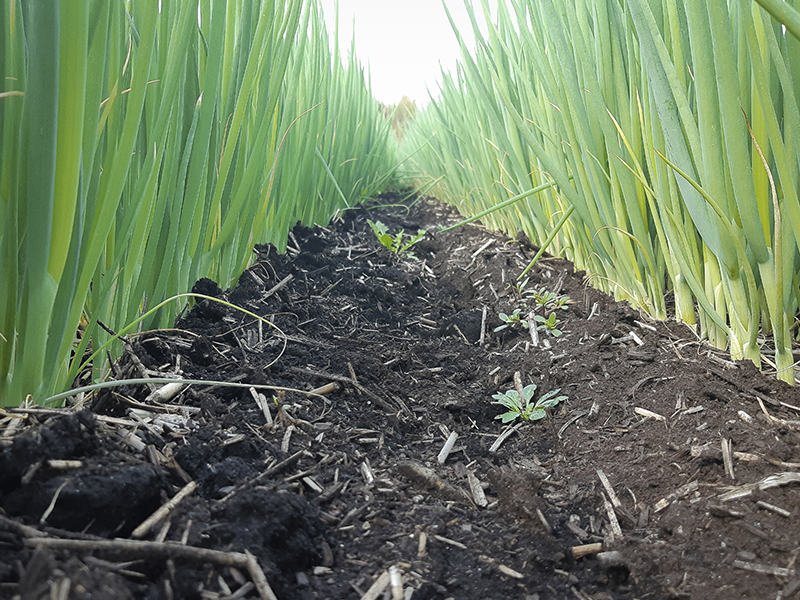
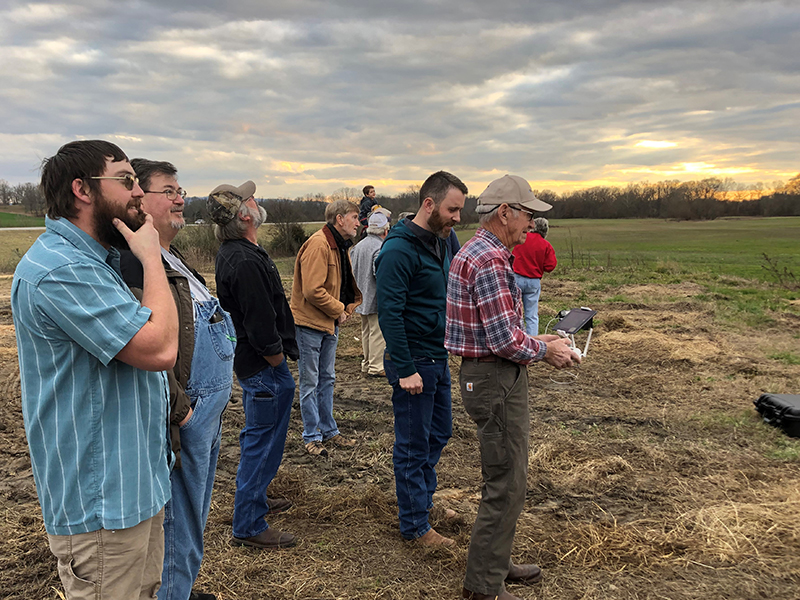
Have you seen a drone buzzing by in a park and wondered what all the fuss is about? These flying vehicles may seem like just an upgrade to the remote-controlled helicopters of yesteryear. But drones are receiving a lot of attention for good reasons.
Drones can help people, including farmers and scientists, look at and analyze pretty much anything. When it comes to farm fields, they can help track flooding, hail damage, or even plant health — fast.
